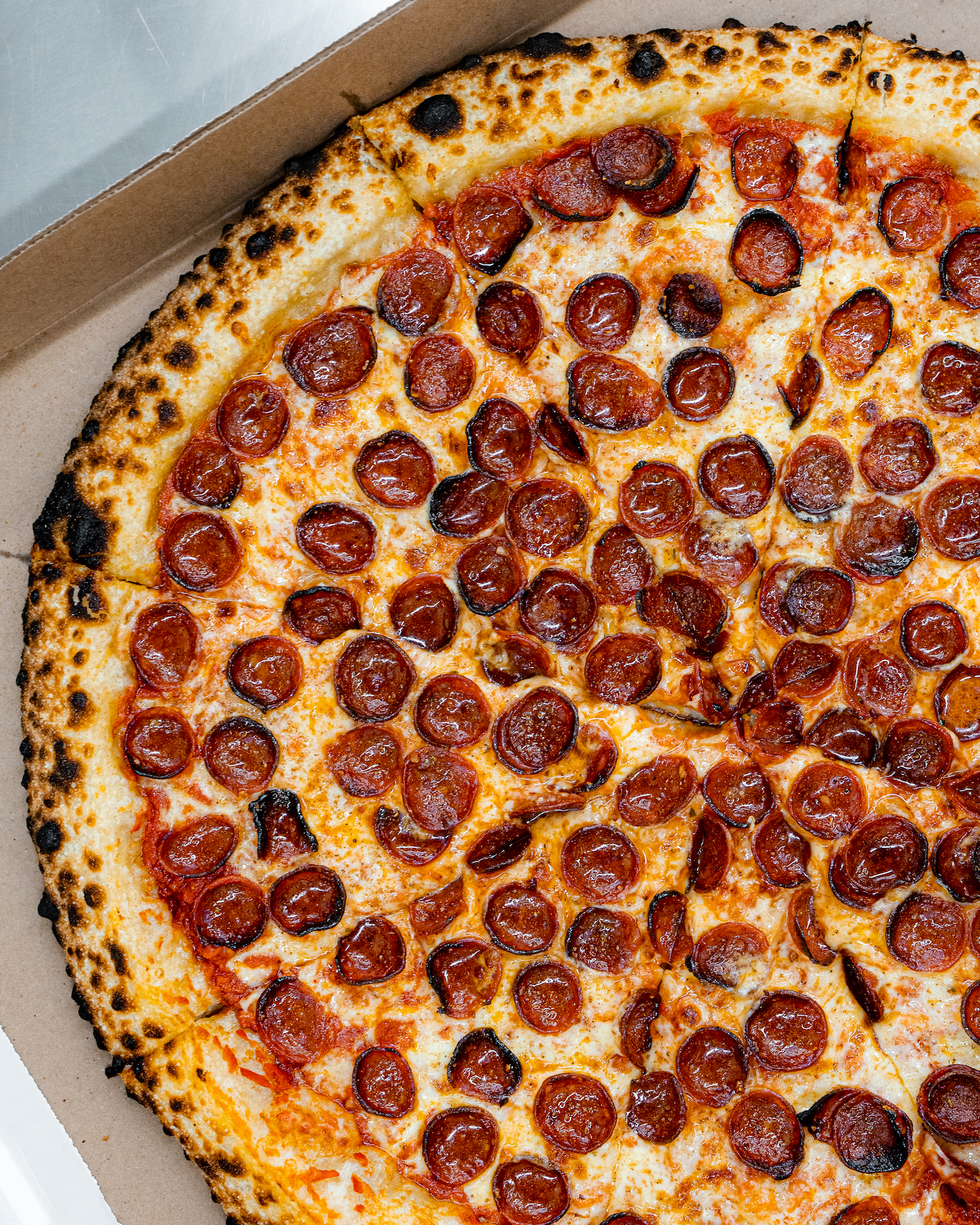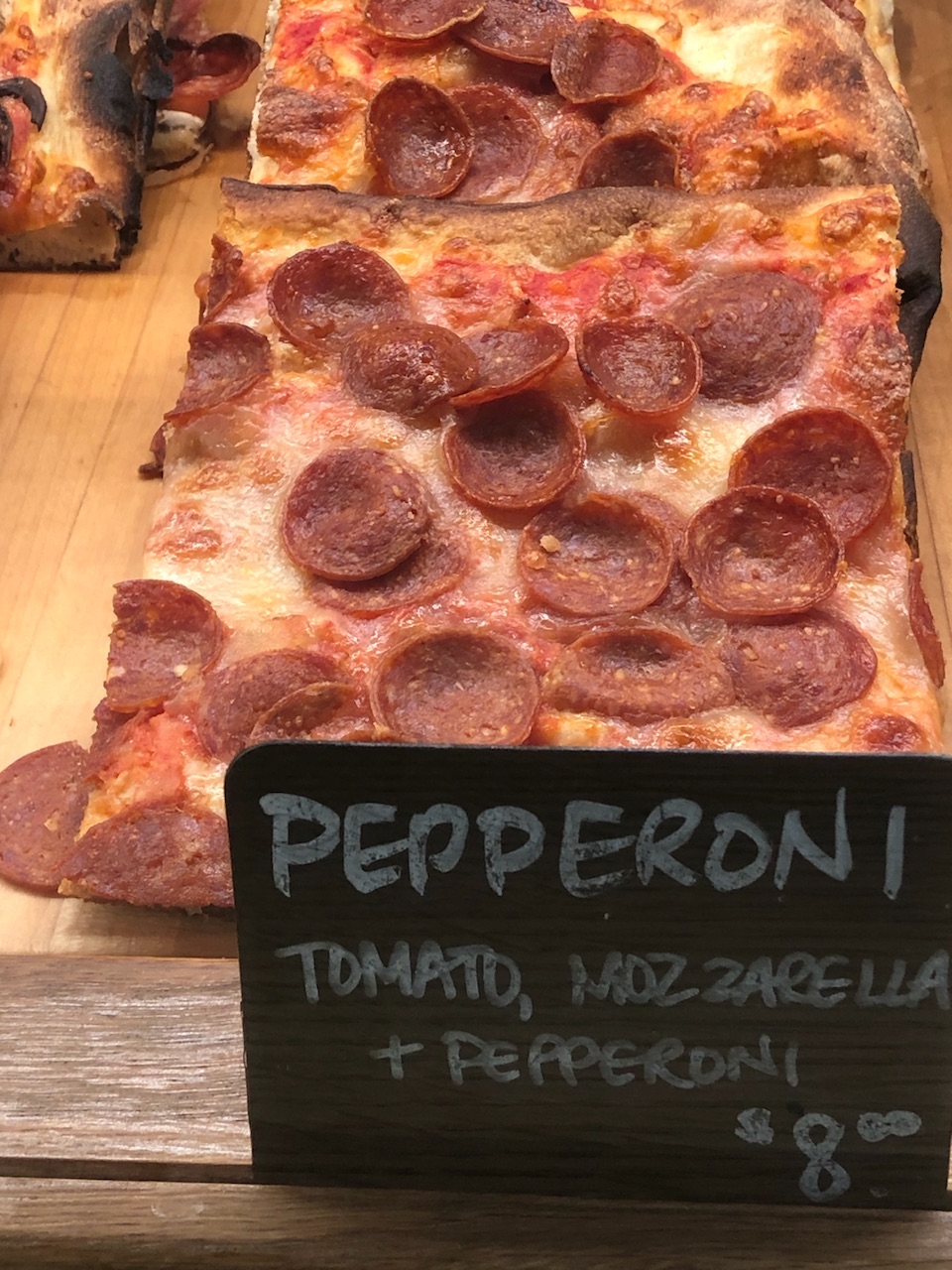How Pepperoni Came To Top The Pizza Toppings List
By: Karen Burshtein
Sept 20th is National Pepperoni Pizza day. The pizza topping is so iconic that when you picture a slice of ‘za you’re almost certain to imagine one with those disks of spicy meat on top, ever so slightly curled at the edges. It’s even the emoji for pizza.
And yet pepperoni pizza is practically unknown in the country where our favourite pie was created. Neither the ingredient nor the word pepperoni exists in Italy. If you were to order a peperoni (no double p) pizza, you’d get a pie with bell peppers on it.
In Italy, prosciutto ham is the best equivalent in terms of popularity, if not taste. The closest in taste would be the Diavola pizza, literally, the Devil’s pizza – which comes topped with spicy salami, “salame piccante”, but it’s still far from what “slice of pepperoni” lovers know and love.
The story of how pepperoni climbed to the top of North American pizza toppings charts starts, as many food stories do, with soldiers returning from war.

Pizza was almost unknown outside of the “Little Italy”s of North American cities for the first half of the twentieth century. When soldiers came back from Europe after World War II, and talked about the Italian snack, it started entering the mainstream. This period was also the beginning of the ungrouping of “American” and “ethnic” cuisine.
But even before that, when it was being tossed and cooked in the Little Italy neighbourhoods, shortcuts and substitutions were made with ingredients. Dried oregano instead of the fresh basil used in Naples, for example. Prepared meats were too precious and labour intensive to throw on a pizza, so the short-process pepperoni was substituted.

“Pepperoni was the product of Italian immigrants in North America who were forced to modify traditional food ways due to the availability of ingredients in Canada and the United States and restrictive food importation laws. It was one of many different meats sampled on pizza – sausages, bacon, salami, or even blood pudding (mentioned in a Toronto Star article from the 1950s),” according to Dr Alex Hughes, a Toronto-based pizza scholar and historian.
But why did pepperoni rise above the other meats? “Pepperoni is similar to the salamis of southern Italy, but is far less spicy, which is a modification made to serve the taste preferences of non-Italian Americans and Canadians,” Hughes says.
Pepperoni’s popularity also has science behind it: the concentrated flavouring of the meat is slowly released in high temperatures. No burning fatty, meaty, spice-tinged flavour.
North American pizzaioli are not necessarily sticklers for tradition, either. “Experimentation with toppings is how we ended up with anything from pepperoni to pineapple,” Hughes says.
The invention of the gas-fired pizza oven, which gave pizzas a longer counter life, made the idea of selling pizza by the slice a possibility. These ovens came not long before the post-war boom of teens who started hanging-out outside pizza parlours. Soon the takeaway pepperoni pizza slice became a fixture of our culture.
From big take-out chains, to independent gourmet pizza parlours offerings things like duck confit, to beloved greasy slice walk up joints, pepperoni tops the topping list across the board.
“The Dr. Pepperoni is our most popular pizza and our best seller,” said Fedra Peloso of hip Maker Pizza in Toronto. Likewise, Domino’s pizza chain cites pepperoni as their best seller across Canada.
So let’s raise a slice to pepperoni, the prince of pizzas and a delicious meeting of Old and New Worlds!

